How building automation impacts health, efficiency, and indoor air quality in hospitals
How does building automation ensure hospitals are safe, secure, comfortable environments for everyone?




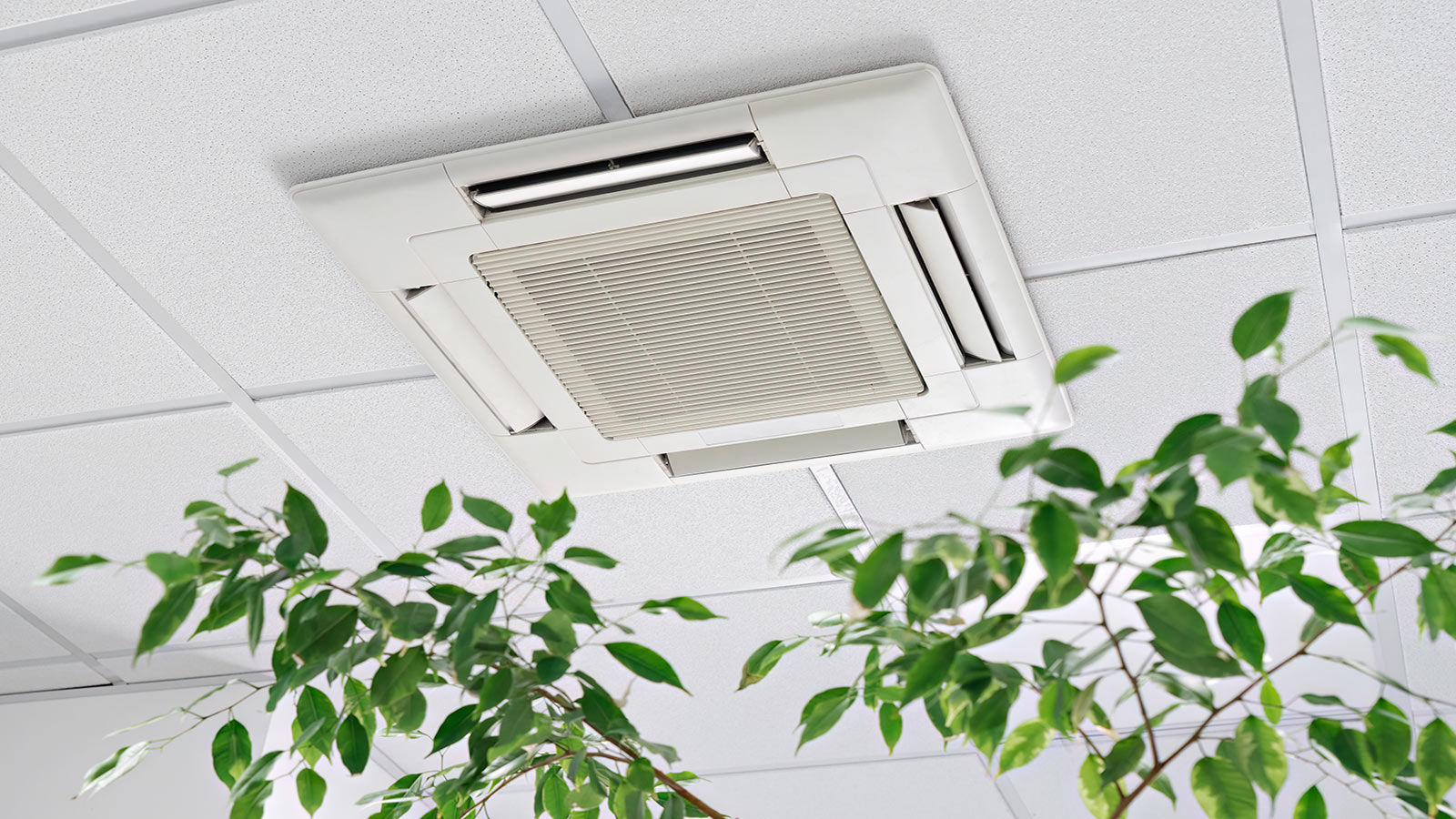
At a glance
The connection between IAQ and design has historically been an important—and sometimes overlooked—design consideration.
When designing ventilation systems, it is imperative the designer understand the applicable code requirements, standards such as ASHRAE Standard 62.1: Ventilation and Acceptable Indoor Air Quality, and programs like the US Green Building Council’s LEED rating system.
Ventilation is the process of supplying or removing air from a space to control contaminant levels, humidity, or temperature. In a typical process, outdoor air and return air are mixed, which effectively dilutes indoor particulates and contaminants. The resulting mixed airstream is filtered and conditioned before being supplied into the space.
Designers should always investigate outdoor air quality in their region and survey the immediate surroundings to determine the local air quality and a system’s ability to maintain acceptable IAQ. The US Environmental Protection Agency (EPA) collects air quality data and has an interactive map that shows locations of air-quality monitoring stations across the United States. These air-quality monitoring stations provide data to assist engineers with designing ventilation systems.
Deficient ventilation systems, such as those operating with inadequately sized outdoor air quantities or improper ventilation control, can impact occupant health and productivity. Sick building syndrome and building-related illness are some of the negative impacts on occupant health, with symptoms ranging from headaches, nausea, and chest pain to asthma, Legionnaires’ disease, and sinusitis. On the other side of the spectrum is excessive ventilation, which increases energy use and increases indoor concentrations of outdoor contaminants if ambient air quality is unsatisfactory.
Studies of sick building syndrome prevalence and the amount of outdoor air provided show when the ventilation rate is increased, the prevalence of sick building syndrome is reduced. Studies also indicate a direct correlation between performance and amount of outdoor air introduced in office buildings. It’s important to balance the outdoor airflow rate with the additional power and energy required to condition the air. This is where codes, standards, and other rating systems are useful tools.
ASHRAE Standard 62.1 is frequently referenced in codes for ensuring acceptable IAQ. ASHRAE Standard 62.1 defines acceptable IAQ as air in which there are no known contaminants at harmful concentrations as determined by applicable authorities and where 80 percent or more of people do not express dissatisfaction when exposed to the air.
ASHRAE Standard 62.1 specifies the minimum ventilation rates and related measures to ensure acceptable IAQ and minimize adverse health effects. The standard applies to spaces intended for human occupancy in buildings except for dwelling units in residential occupancies with nontransient occupants. The origin of Standard 62.1 dates to 1973. It has been revised multiple times since; the latest version is 2022.
In addition to outlining the design requirements, the standard also provides requirements for installation, commissioning, and operation and maintenance of equipment. Ensuring compliance and acceptable IAQ requires coordination and collaboration among stakeholders and continued efforts on the operations and management side.
Some frequently overlooked parts of Standard 62.1 as it applies to commercial buildings are as follows.
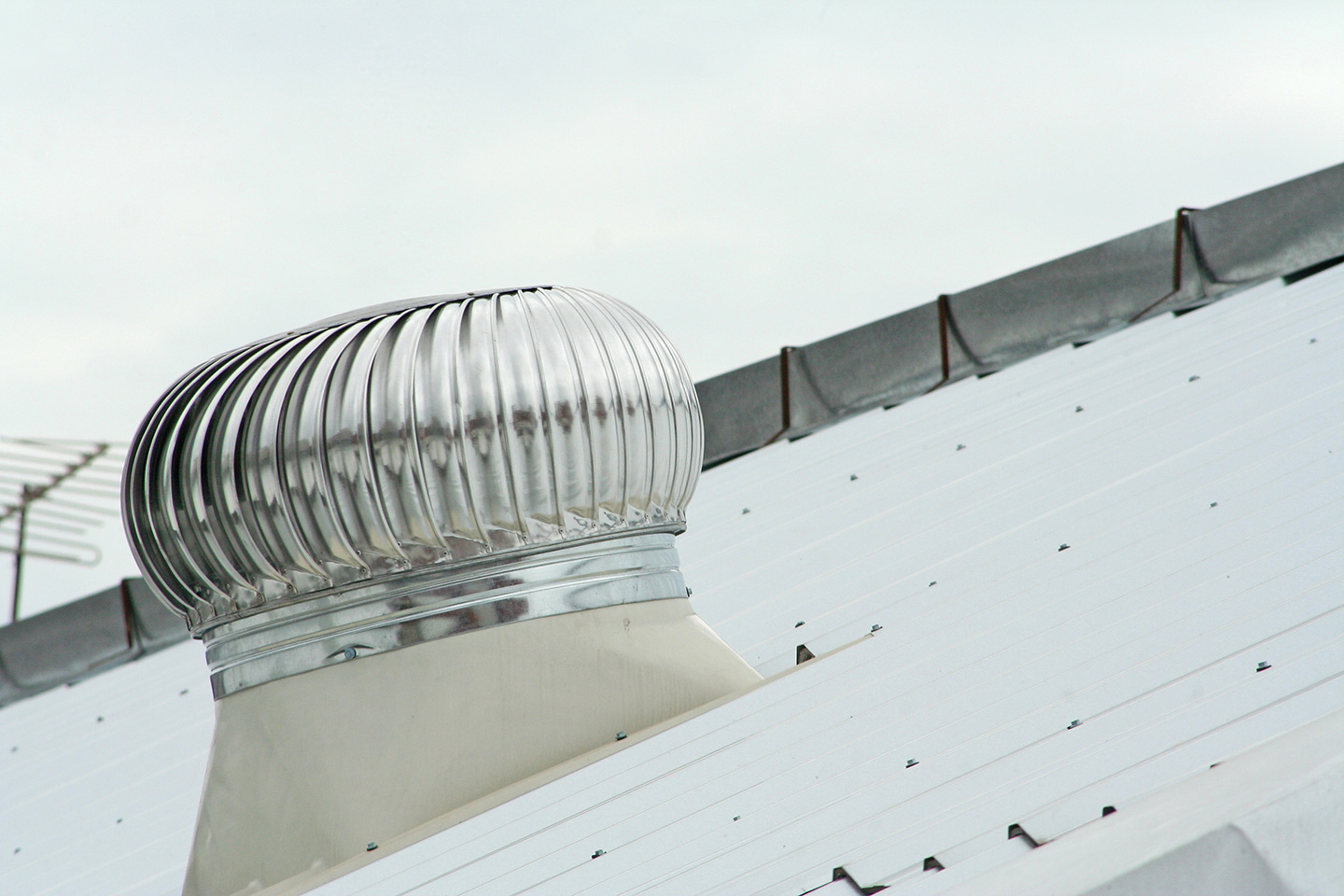
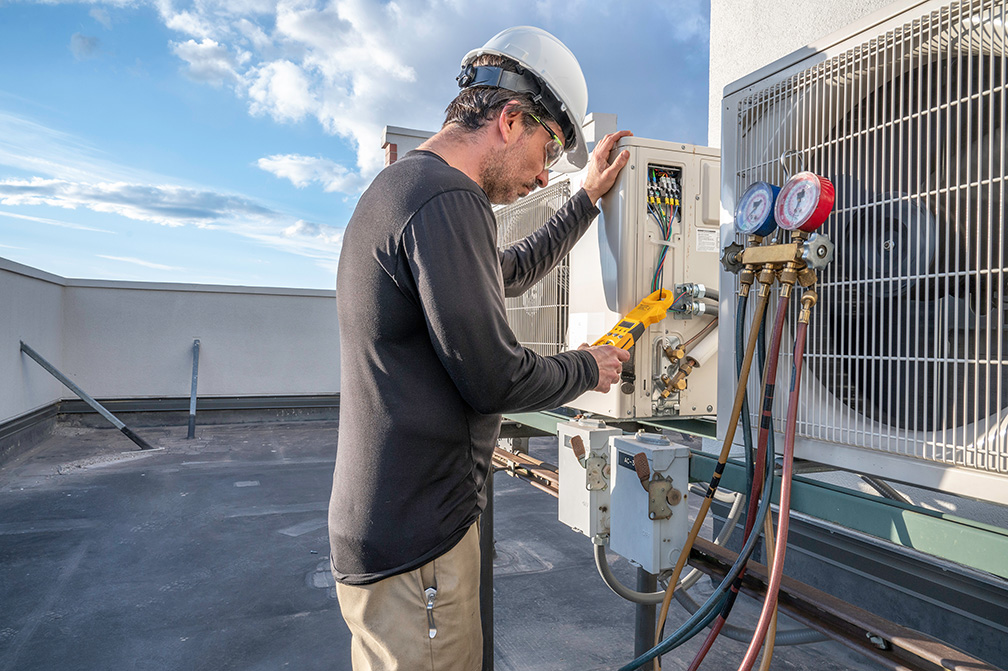
Mechanical systems for data centers are unique in that their purpose is to maintain an operating temperature range and acceptable IAQ for IT equipment. In the United States, the Toxic Substances Control Act influences materials of construction for IT equipment and restricts the use of certain materials, similar to the European Union’s Directive 2002/95/EC: Restriction of Hazardous Substances.
The following best practices ensure satisfactory IAQ in the data center critical environment, based on ASHRAE resources such as ASHRAE TC9.9 white papers:
Occupants rarely think about the air they breathe—and they shouldn’t have to. Maintaining good indoor air quality is imperative for occupant health and comfort as well as the longevity of IT equipment. If you have questions about indoor air quality, refer to ASHRAE for the latest research and resources.
Do you design building automation systems? Our website offers free tools and utilities for building design and automation consultants. Make your life easier, save time, and save effort by registering for a Consultant account on our Reliable Controls Support Center.

How does building automation ensure hospitals are safe, secure, comfortable environments for everyone?

Learn when and why MS/TP communication is helpful in building automation systems.

From the moment you park your car at a hockey arena, your comfort and safety are enhanced through a building automation system. Here’s how.
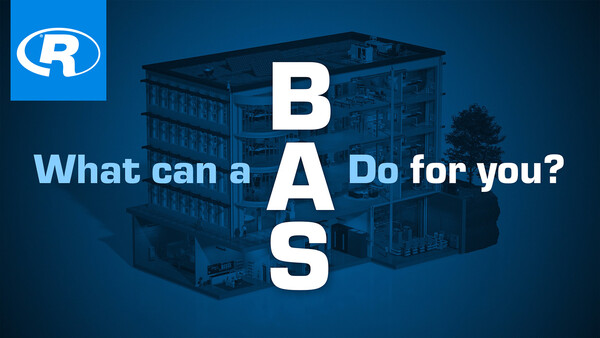
Building automation systems can make buildings truly intelligent, reducing their carbon footprint and saving money. Learn how.

Ever wonder how a building automation system ensures safety and accuracy in lab work?

Museums—and their building automation systems—play an important role in preserving the preserved. Learn how.
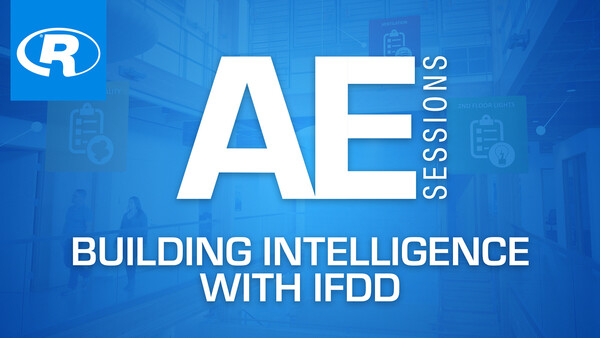
When you see a doctor or personal trainer, you benefit from their knowledge and experience. In the same way, a building automation system should provide all the tools you need to maintain your buildings in optimal health.

Combatting climate crisis requires us to view the built environment holistically. Learn why open protocols and interoperability matter.